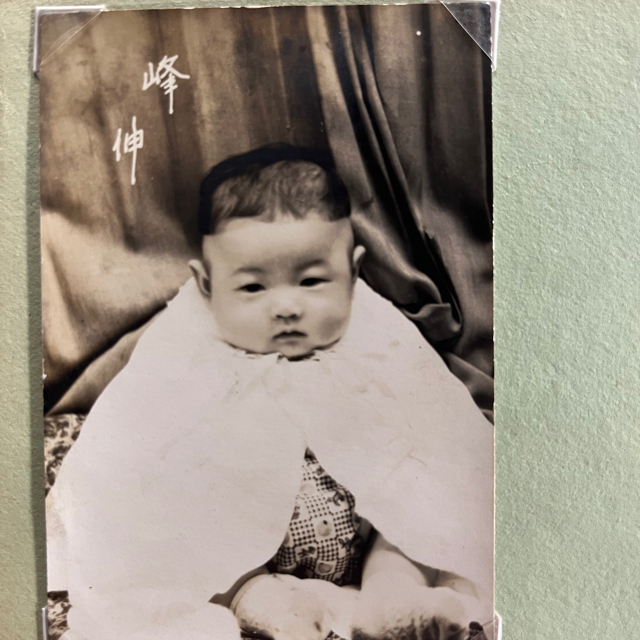Proliferating coacervate droplets as the missing link between chemistry and biology in the origins of life
Nature Communications volume 12, Article number: 5487 (2021)
The hypothesis that prebiotic molecules were transformed into polymers that evolved into proliferating molecular assemblages and eventually a primitive cell was first proposed about 100 years ago. To the best of our knowledge, however, no model of a proliferating prebiotic system has yet been realised because different conditions are required for polymer generation and self-assembly. In this study, we identify conditions suitable for concurrent peptide generation and self-assembly, and we show how a proliferating peptide-based droplet could be created by using synthesised amino acid thioesters as prebiotic monomers. Oligopeptides generated from the monomers spontaneously formed droplets through liquid–liquid phase separation in water. The droplets underwent a steady growth–division cycle by periodic addition of monomers through autocatalytic self-reproduction. Heterogeneous enrichment of RNA and lipids within droplets enabled RNA to protect the droplet from dissolution by lipids. These results provide experimental constructs for origins-of-life research and open up directions in the development of peptide-based materials.
前生物学的分子がポリマーに変化し、それが増殖する分子集合体に進化し、最終的には原始細胞になるという仮説は、約100年前に初めて提唱された。しかし、高分子の生成と自己組織化には異なる条件が必要であるため、我々の知る限り、増殖する前生物系のモデルはまだ実現されていない。本研究では、ペプチドの生成と自己集合を同時に行うのに適した条件を特定し、合成したアミノ酸チオエステルをプレバイオティクスモノマーとして用いて、増殖するペプチド系ドロップレットがどのように作られるかを示している。このモノマーから生成したオリゴペプチドは、水中で液-液相分離して自発的にドロップレットを形成した。この液滴は、自己触媒的な自己再生産により、モノマーを周期的に添加することで安定した成長-分裂サイクルを繰り返した。RNAと脂質が液滴内に不均一に濃縮されているため、RNAは脂質による液滴の溶解から液滴を保護することができた。これらの結果は、生命の起源研究のための実験的構築物を提供するとともに、ペプチドベースの材料開発の方向性を示すものである。

























